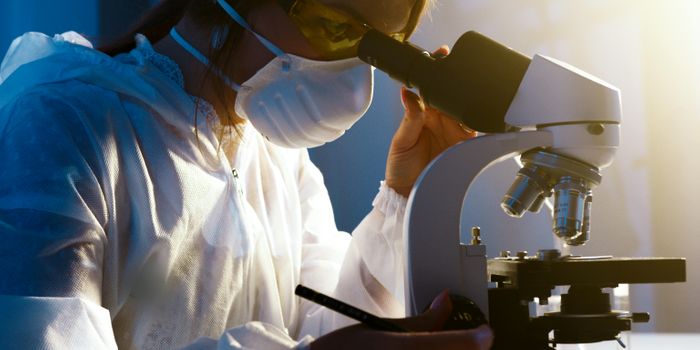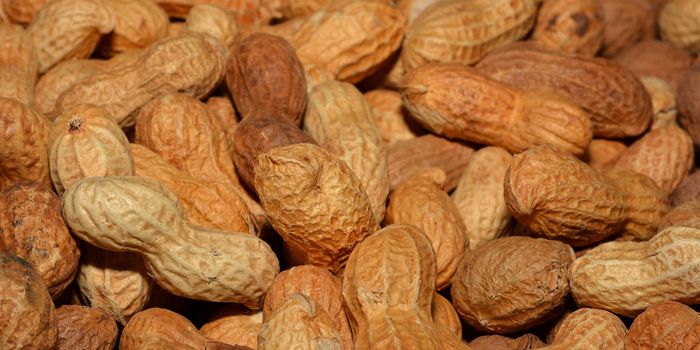More than two thirds of adults and about one third of children and adolescents are considered overweight or obese. The obesity epidemic has contributed to rising health costs by putting people at risk for many different diseases. Despite numerous efforts, obesity is still a huge problem.
Researchers have been searching for a way to utilize brown adipose tissue in the fight against obesity and metabolic disorders. Brown fat, or brown adipose tissue (BAT), is different from white adipose tissue (WAT) in a major way. Most people know that muscle is a thermogenic tissue and burns more energy at rest compared to fat. BAT, even though it is a type of fat, is also a thermogenic tissue and burns more energy compared to WAT. The idea is that increasing the amount of BAT would help to regulate energy homeostasis and fight obesity. The main issue with this strategy, which I’ve written about
before, is finding a way to safely stimulate BAT without causing harmful side effects.
A recent paper published in
Nature Chemical Biology describes the mechanism of action of a small molecule that they found that facilitates a process called “WAT browning.” In addition to WAT and BAT, there are certain fat cells referred to as beige adipocytes which are inducible brown-like adipocytes generated from WAT. These beige adipocytes have different origins than BAT, but can be induced to take on BAT-like characteristics, such as thermogenesis.
A
gene called Ucp1 has been implicated in BAT function and in WAT browning. The researchers decided to screen for small molecules that would facilitate WAT browning using upregulated
Ucp1 expression as the readout. From this screen, they found a small molecule called butein which is derived from the plant Rhus verniciflua Stokes. Butein had the most robust upregulation of
Ucp1 mRNA expression and also induced expression of other brown adipocyte markers. In addition to upregulating BAT markers, butein suppressed expression of white-adipocyte-selective genes.
The researchers also wanted to figure out how butein upregulates
Ucp1 and establishes the thermogenic program in adipocytes. To do this, they screened for changes in gene expression following butein exposure, focusing on transcription factors. From this screen, they identified the
transcription factor gene Prdm4. Further testing of
Prdm4’s involvement in obesity and butein’s mechanism of action showed that there is less
Prdm4 expression in the WAT and BAT of obese mice and that Prdm4 expression is required for butein to induce WAT browning.
This exciting research describes a pathway that contributes to the induction of WAT browning and that can be regulated by small molecules. The ability to target this pathway with small molecules that don’t affect the adrenergic system is key because this could be a safer way to increase people’s basal metabolic rate. A small molecule that safely increases people’s energy output would be a potent weapon in the fight against obesity.









